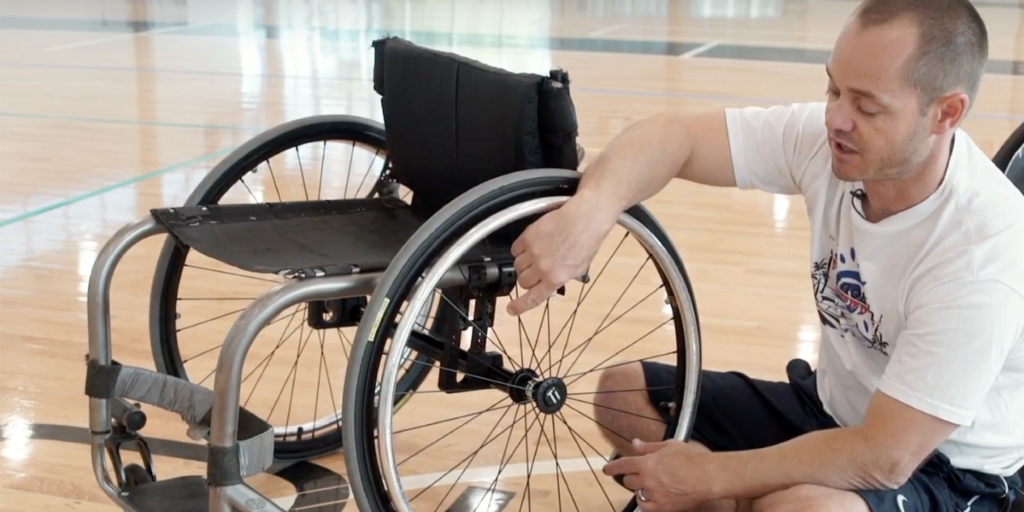Mental Health Awareness Month is a crucial time to acknowledge the importance of mental health for all. But awareness alone isn’t enough. Millions of individuals with disabilities experience the path to mental well-being filled with a variety of systematic, physical and attitudinal barriers. Promoting inclusion and accessibility is important for all healthcare providers, including those who focus on mental health, such as counselors, therapists, social workers and more.
This year, let’s move beyond awareness and focus on centering accessibility and promoting inclusion in and out of your mental health practice. Seeking mental healthcare should be a supportive and empowering experience, and this requires a commitment of action from mental health providers. Here are actionable things you as a provider can do to start promoting inclusion and create a welcoming and accessible environment that ensures everyone has a path to participate in mental healthcare.
1. Assess Your Practice’s Accessibility: Start by evaluating the accessibility of your practice’s physical space, digital platforms and communication methods. Identify any potential barriers, whether physical or digital, and prioritize making necessary adjustments to ensure individuals with disabilities can access your services with as few obstacles as possible. This may involve investing in new physical accommodations like automatic doors or more accessible parking spots, as well as offering alternative formats for intake forms and documentation.
2. Cultivate a Welcoming Environment: Equip yourself and your staff with ongoing disability education and training to learn more about the spectrum of disability, historical barriers and best practices for providing better mental health support and services. This helps foster a culture of respect and understanding, ensuring everyone feels valued and supported while engaging in mental health services.
3. Create Financial Assistance Programs: Recognize that individuals with disabilities may face financial barriers to accessing mental healthcare. Offer sliding-scale fees, payment plans or financial assistance programs to make services more affordable and accessible.
4. Community Resources Directory: Compile a directory of community resources and support services that are accessible to individuals with disabilities. Include information on accessible transportation options, support groups, advocacy organizations and disability-specific services to help individuals navigate available resources.
5. Provide Accommodations: Be proactive in offering accommodations to individuals with disabilities to ensure better access and support. This may include providing sign language interpreters, offering assistive devices or adjusting appointment scheduling to be remote vs. onsite.
6. Encouragement of Self-Advocacy: Empower individuals with disabilities to advocate for their own needs and preferences within the therapeutic relationship. Encourage open communication and provide opportunities for clients to express their concerns, ask questions and assert their boundaries.
7. Promote Participation: Adapt resources and approaches in sessions to encourage active engagement from individuals with disabilities. Offer resources and materials in accessible alternate formats and adjust communication styles to center participation. By prioritizing accessibility, you empower people with disabilities to take an active role in their mental health journey, which will help foster a sense of agency and ownership in the therapeutic process.
8. Collaborate with Disability Organizations: Reach out to local disability advocacy organizations to establish partnerships and collaborations. Learn from their expertise and insights and work together to identify and address systemic barriers to mental health care access.
9. Seek Feedback and Adapt: Continuously seek feedback from individuals with disabilities about their experiences with your mental health services. Use this feedback to identify areas for improvement and make necessary adaptations to provide accessible and inclusive services.
10. Advocate for Policy Change: Advocate for policy changes at the local, state and national levels to improve access to mental healthcare for individuals with disabilities. Support initiatives that promote disability rights, healthcare accessibility and funding for disability-specific mental health programs.
While these tips provide a starting point, as healthcare providers, it’s crucial to ensure that mental healthcare is inclusive and accessible to individuals with and without disabilities. This month, make a commitment to take action in your own practices to diminish barriers to mental healthcare and enhance access and participation with people with disabilities.
To deepen your understanding and implementation of inclusive practices, consider enrolling in our new 1-hour online training on Disability Education for Healthcare Providers. This training offers a comprehensive exploration of the barriers individuals with disabilities face when seeking healthcare, emphasizing the pivotal role of inclusion. By participating, healthcare providers will gain invaluable insights to foster an environment where every patient’s needs are met with empathy and understanding. Additionally, you’ll explore initiatives by NCHPAD aimed at improving access to health and wellness for individuals with disabilities, empowering you to actively engage and contribute to these efforts. Together, let’s work toward building a more equitable and inclusive mental healthcare system that serves everyone.




